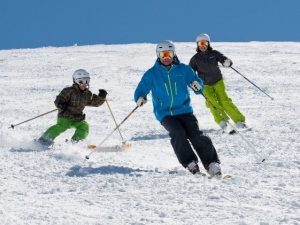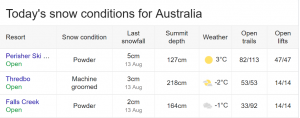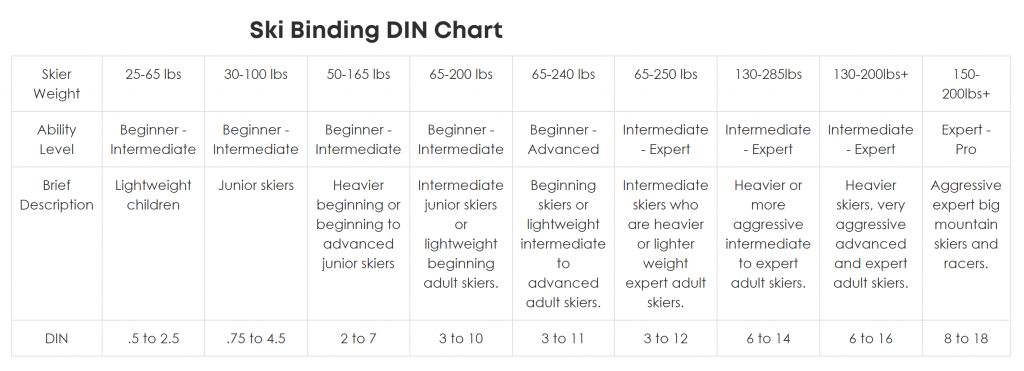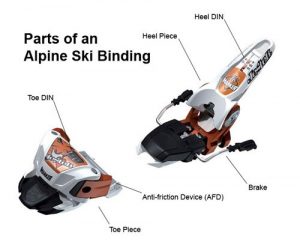THE SNOW HAS ARRIVED!!!!! SKI SAFELY. HOW TO HELP AVOID KNEE INJURY.
DO YOU HAVE THE CORRECT DIN SETTINGS ON YOUR SKI’S?
 With a massive dump of more than 1metre of fresh powder over the past 5 days, I’m sure many of you are shooting down to the Snow . I was down there last week, and once again experienced someone go down with the injury every Skier wants to avoid, the dreaded knee ACL tear. The Anterior Cruciate Ligament is one of the main stabilising ligaments within the knee, and is commonly injured with twisting, rotational forces being placed on the knee. During snow skiing, one common factor in this injury occurring during a fall is the propensity for the ski bindings to release during a fall.
With a massive dump of more than 1metre of fresh powder over the past 5 days, I’m sure many of you are shooting down to the Snow . I was down there last week, and once again experienced someone go down with the injury every Skier wants to avoid, the dreaded knee ACL tear. The Anterior Cruciate Ligament is one of the main stabilising ligaments within the knee, and is commonly injured with twisting, rotational forces being placed on the knee. During snow skiing, one common factor in this injury occurring during a fall is the propensity for the ski bindings to release during a fall.
 Ski Bindings are designed to release the Boot when the skier falls to avoid twisting of the lower leg. DIN settings are a setting located on the Ski Bindings which determine how easily or not the ski releases in the event of such a twisting motion.
Ski Bindings are designed to release the Boot when the skier falls to avoid twisting of the lower leg. DIN settings are a setting located on the Ski Bindings which determine how easily or not the ski releases in the event of such a twisting motion.
There is a wide variation in these settings (from 1-10 generally), and the correct suggested setting often is influenced by several factors. Most importantly is the Level of Experience of the skier, the weight and height of the skier and the relative boot size.
If you are a novice Skier, the bindings are usually set at a low number to allow the ski to release fairly easily. Light weight skiers, and younger kids also require low DIN settings. The heavier the Skier, and the more experience they have, the higher the DIN setting usually is. On the flipside, as a more advanced skier, there is nothing more frustrating than a ski binding releasing too soon when powering through a deep turn or mogle. This often doesn’t end well either. Similarly, when skiing in soft powder, you don’t want your ski’s coming off too easily. If you have ever spent hours poking around in deep powder with your stock trying to find a lost ski you’ll know exactly what I’m talking about.
There is no magic number or setting for each person. If at all possible , I would always recommend getting advice on your DIN settings from the experts in the Ski fitting centres. They deal with these all the time and have a good idea of what number is most appropriate for you. When you hire Ski’s, you will almost always be looked after in this department by the Ski fitters.
However, with the proliferation of Online shopping , many people are now purchasing ski’s online, and possibly overlooking this important component as they receive their new ski’s and get out there for the first test run. Below is a chart which pretty much gives a very broad description of how DIN settings may vary.


Hopefully this article has just helped you think a little more about another way to stay safer while you’re enjoying this popular and fun sport.
Stay Safe, and stay out of the Physio’s .
Written By Matt Geister
